Welcome to our Google Ads Checklist! If you’re looking for a way to easily promote your business, then Google Ads is a perfect choice. With its wide reach and advanced targeting options, it’s a powerful tool for reaching your target audience and increasing your sales.
However, setting up and optimizing Google Ads campaigns can be a complex and time-consuming process.
That’s why we’ve written this comprehensive Google Ads optimization checklist, to help you navigate this process at best and succeed in your business!

Creating a Google Ads campaign can be a daunting task, but by following a checklist, you can ensure that you’ve covered all the necessary steps.
Here is a comprehensive Google Ads checklist:
After you’ve created your account, it’s time to set the budget for the campaign and allocate it accordingly.
Your budget impacts:
Here are some steps to set your budget for a Google Ads campaign:
Before you set your budget, you need to determine your advertising goals. Do you want to increase website traffic, generate leads, or drive sales? These goals will guide you in making a more conscious choice about your spending.
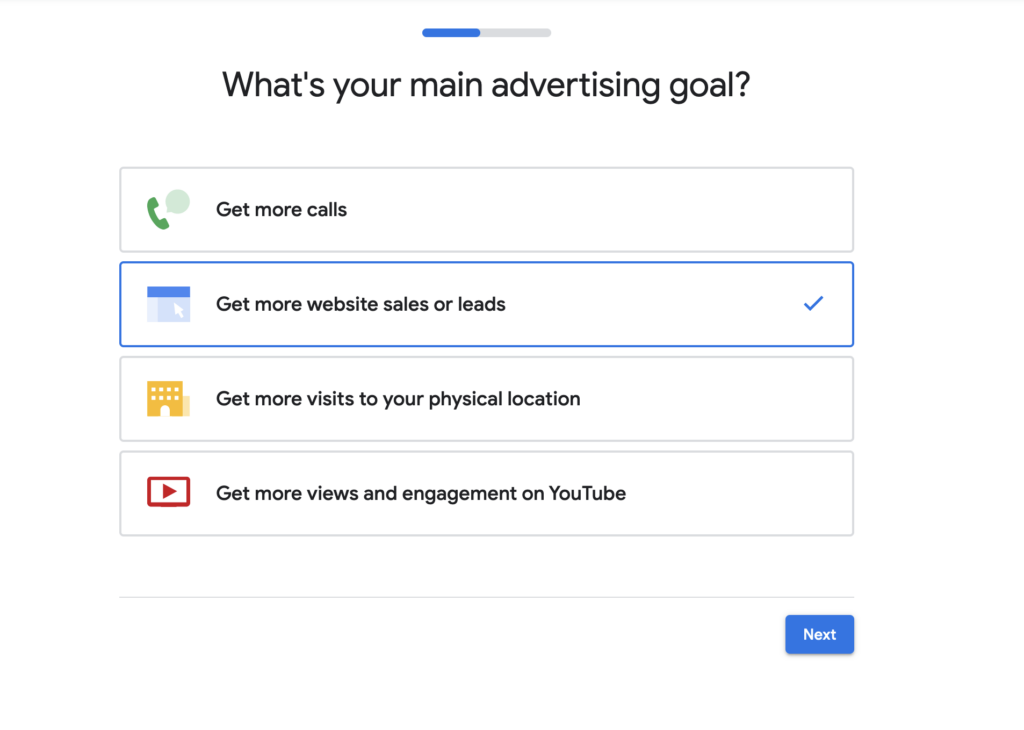
Google Ads allows you to set a daily budget for your campaigns. The daily budget is the maximum amount you’re willing to spend each day on your ads.
In addition, you can set a campaign budget, which is the maximum amount you’re willing to spend on your campaign over its lifetime.
You could have more than one campaign online, so you may want to invest more in the one that is performing better. If you’re just getting started, then you could split your budget equally on all your campaigns and re-allocate it once you get the first results.
While the budget is the amount you intend to spend on your campaigns, the bid is the amount you’re willing to spend on a keyword if someone searches for that term and then clicks your ad.
Google Ads offers several bidding strategies, including manual bidding, automated bidding, and enhanced cost-per-click (ECPC).
Your bidding strategy will affect how your ads are shown and how much traffic they’ll potentially get. For example, with higher bids, you’ll likely get more traffic, but you’ll also spend more money.
Once your campaign is live, it’s essential to monitor your spending regularly. You can view your ad spend and performance metrics in the Google Ads dashboard. This will help you adjust your spending based on your results.
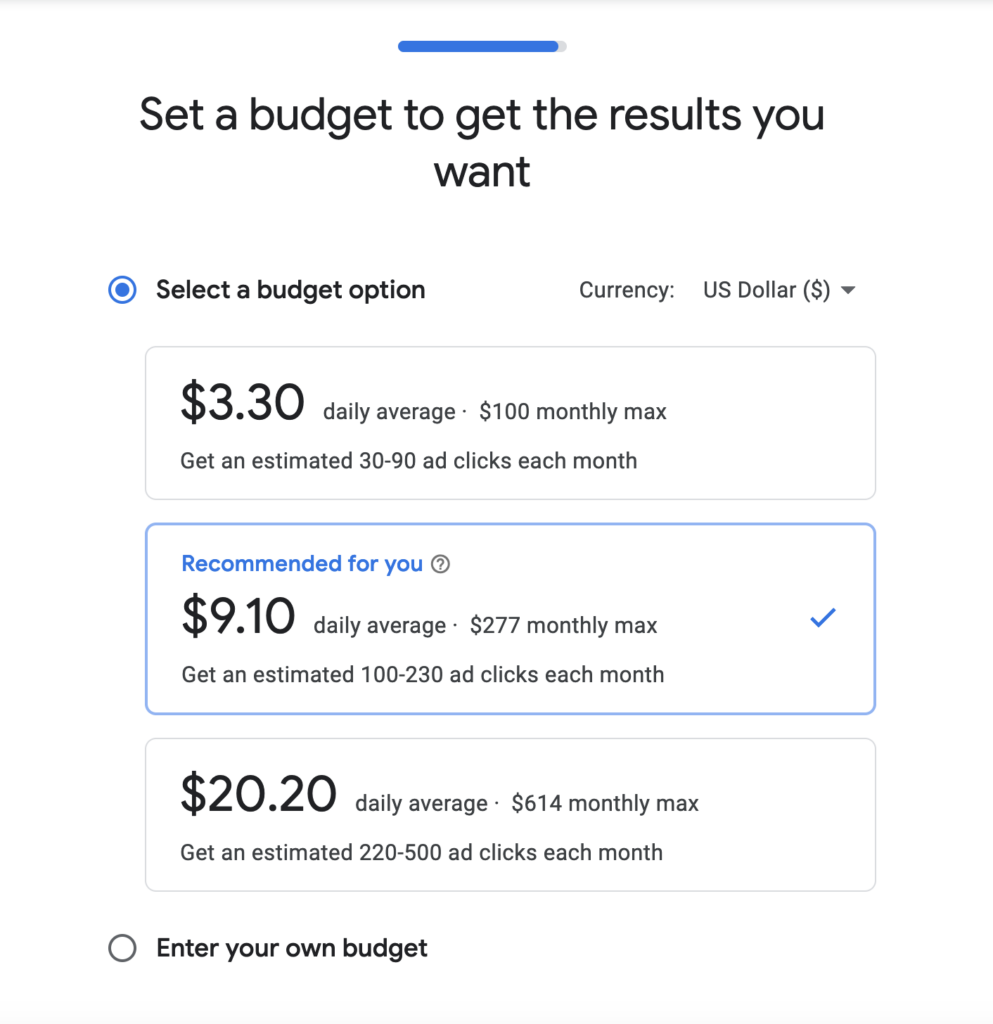
Your keywords determine when and where your ads are displayed to potential customers. It’s important to choose keywords that match your business activity, but that are also specific and targeted. A broad set of keywords can make your efforts useless.
Here are some steps to pick the right keywords for your Google Ads campaign:
Start by brainstorming a list of relevant keywords related to your business, products, or services. Focus on your activities and your niche. You can use tools like Google Keyword Planner to help you generate new ideas.
Once you have a list of potential keywords, analyze the competition for each keyword. Look at the number of advertisers bidding on each keyword, the cost-per-click (CPC), and the estimated search volume.
Choose high-quality, relevant keywords that are likely to attract your target audience. As we already mentioned, you should focus on long-tail keywords that are more specific and have lower competition. Broad keywords are often too general and may attract unqualified traffic.
Group your keywords into ad groups based on their relevance and similarity. This will help you create targeted ads and landing pages that match your keywords and improve your Quality Score.
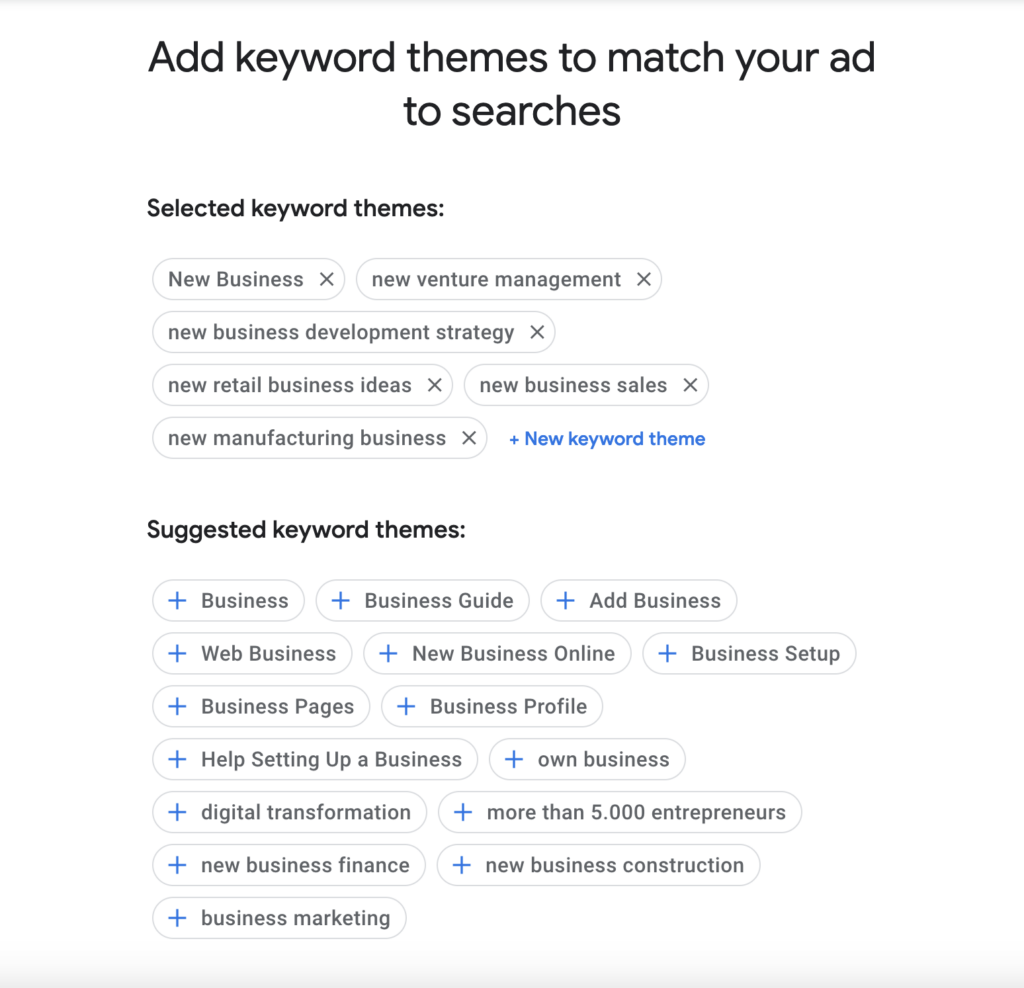
Once you’ve selected your keywords, you need to set your keyword match types. Keyword match types determine how closely a user’s search query must match your keyword for your ad to appear.
There are five types: broad match, broad match modifier, phrase match, exact match and negative match.
By setting your keyword match types correctly, you can ensure that your ads are shown to the right audience and increase your chances of conversions. Consider using a mix of keyword match types to maximize your reach and relevance.
Creating landing pages is a critical step in our Google Ads checklist.
A landing page is a web page that users are directed to when they click on your ad. A well-designed landing page should convert visitors into customers by providing relevant and compelling information about your product or service.
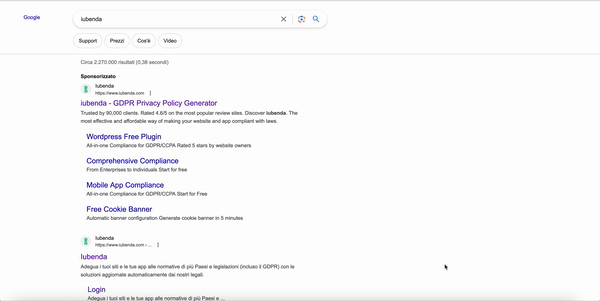
When creating your landing pages, you should:
Check for these 10 mistakes in your landing page
Writing effective ads is a critical step in creating an effective Google Ads campaign. Your ads should be engaging, relevant, and persuasive to convince users to click on your ad and visit your landing page.
Moreover, you need to make sure that your ad copy follows Google’s advertising policies, so your ads are approved and shown to users. This means that you should avoid using misleading or deceptive language, making false claims, or promoting prohibited products or services.
The copy for your Google ad should include:
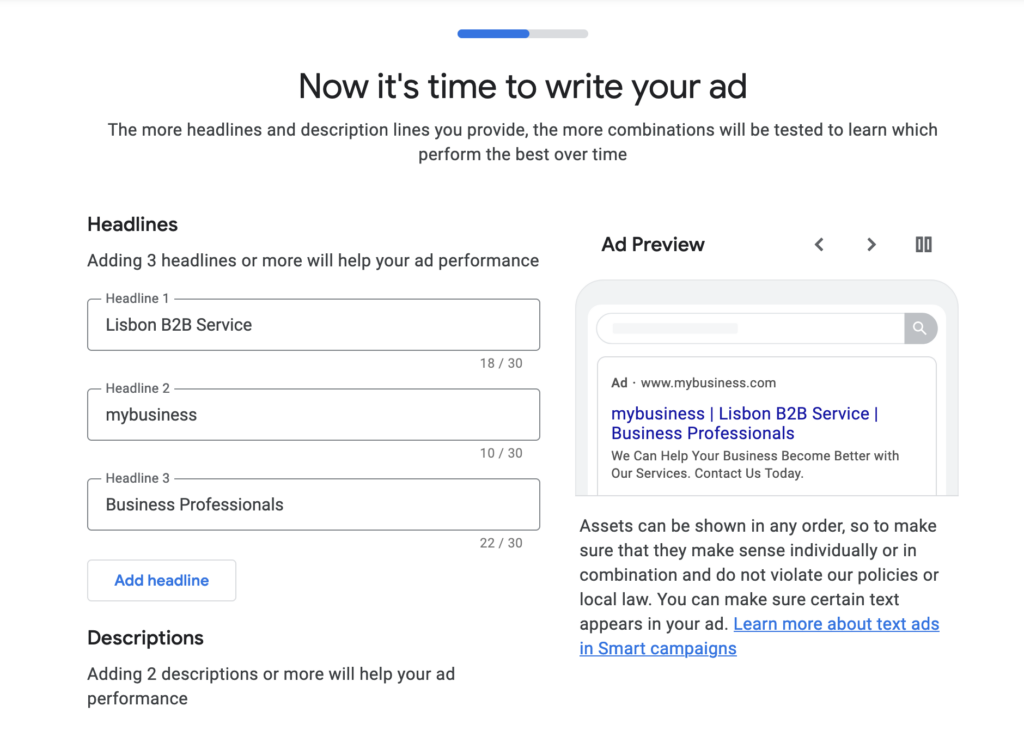
You can check here for a breakdown: How to write an ad
Analytics tools allow you to track and analyze the performance of your ads, identify areas for improvement, and optimize your campaign to achieve your business objectives.
Make sure to set up conversion tracking, and constantly monitor your metrics. You could also use remarketing, to show targeted ads to users who have already visited your website.
Several European Data Protection Authorities have found that Google Analytics could be illegally transfer data outside of the EU and they’ve advised companies to stop using it.
You can learn more about this topic here 👉 Google Analytics illegal in Europe? What you need to know
Now you’re ready to launch your ads! But there is one last thing before you go.
One of the essential steps of your Google Ads campaigns is measuring how they’re performing. This is crucial for determining your return on investment (ROI) and making data-driven decisions.
So here are the main Key Performance Indicators (KPIs) you should be tracking:
I’ve set my budget
I’ve picked my keywords
I’ve set keyword match types
I’ve created one or more landing pages
I’ve written my ads
I’ve set up analytics
For example, did you know that if you’re using Google Ads, you may need to comply with privacy laws such as the GDPR?
Don’t worry, we got you covered.
Find out how here 👉 Google Ad Manager and the GDPR – How to be compliant
Attorney-level solutions to make your websites and apps compliant with the law across multiple countries and legislations.